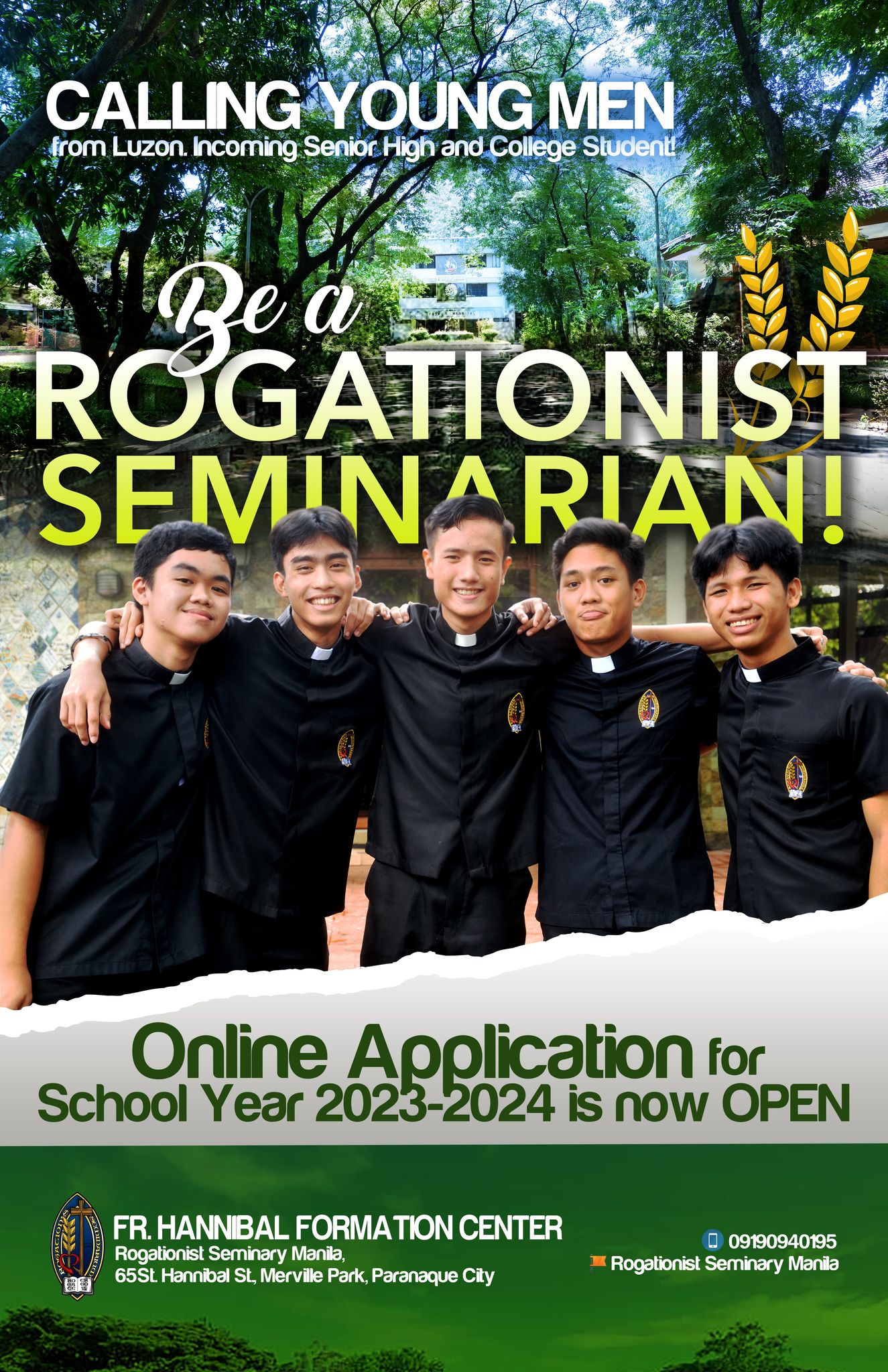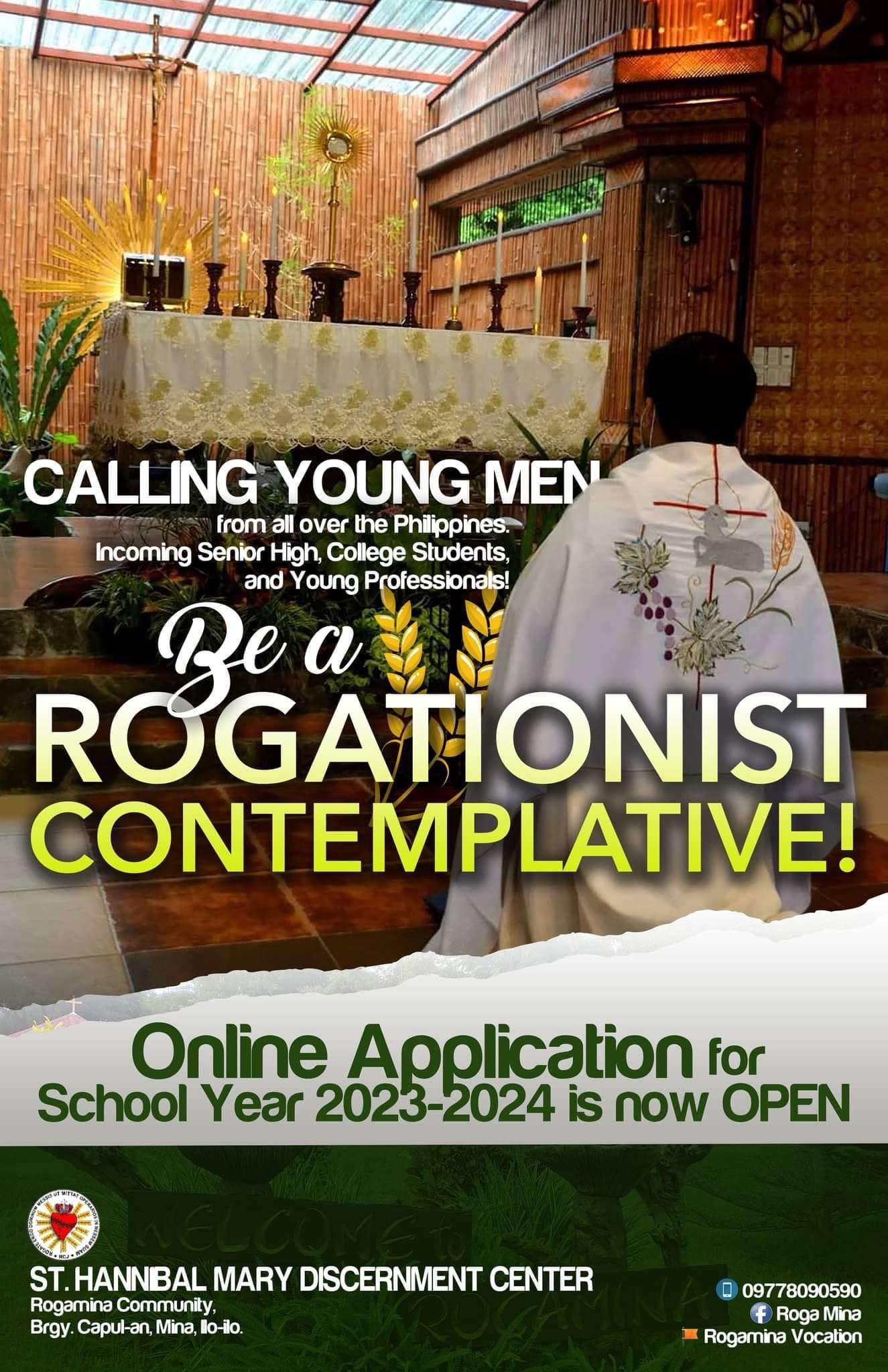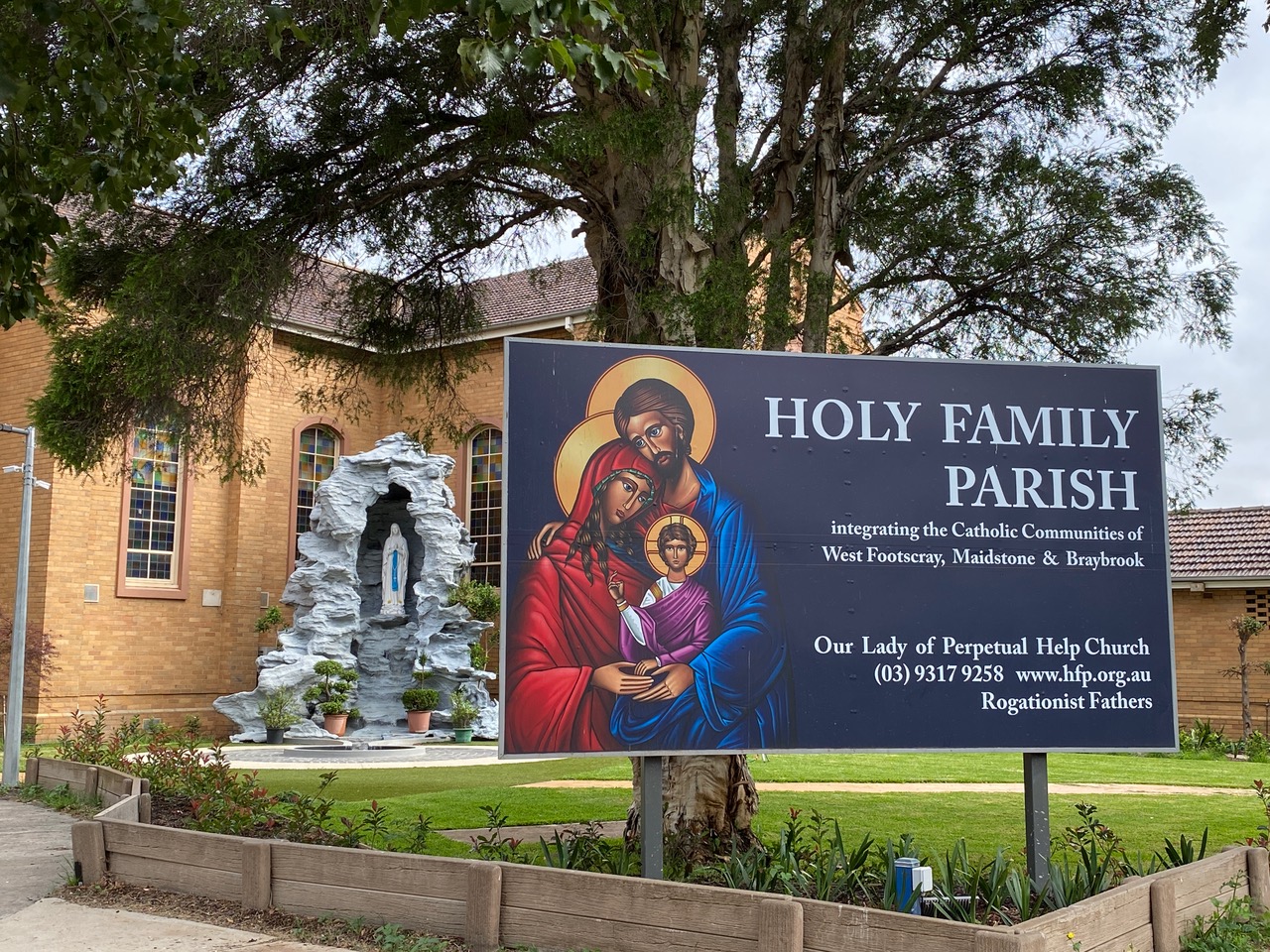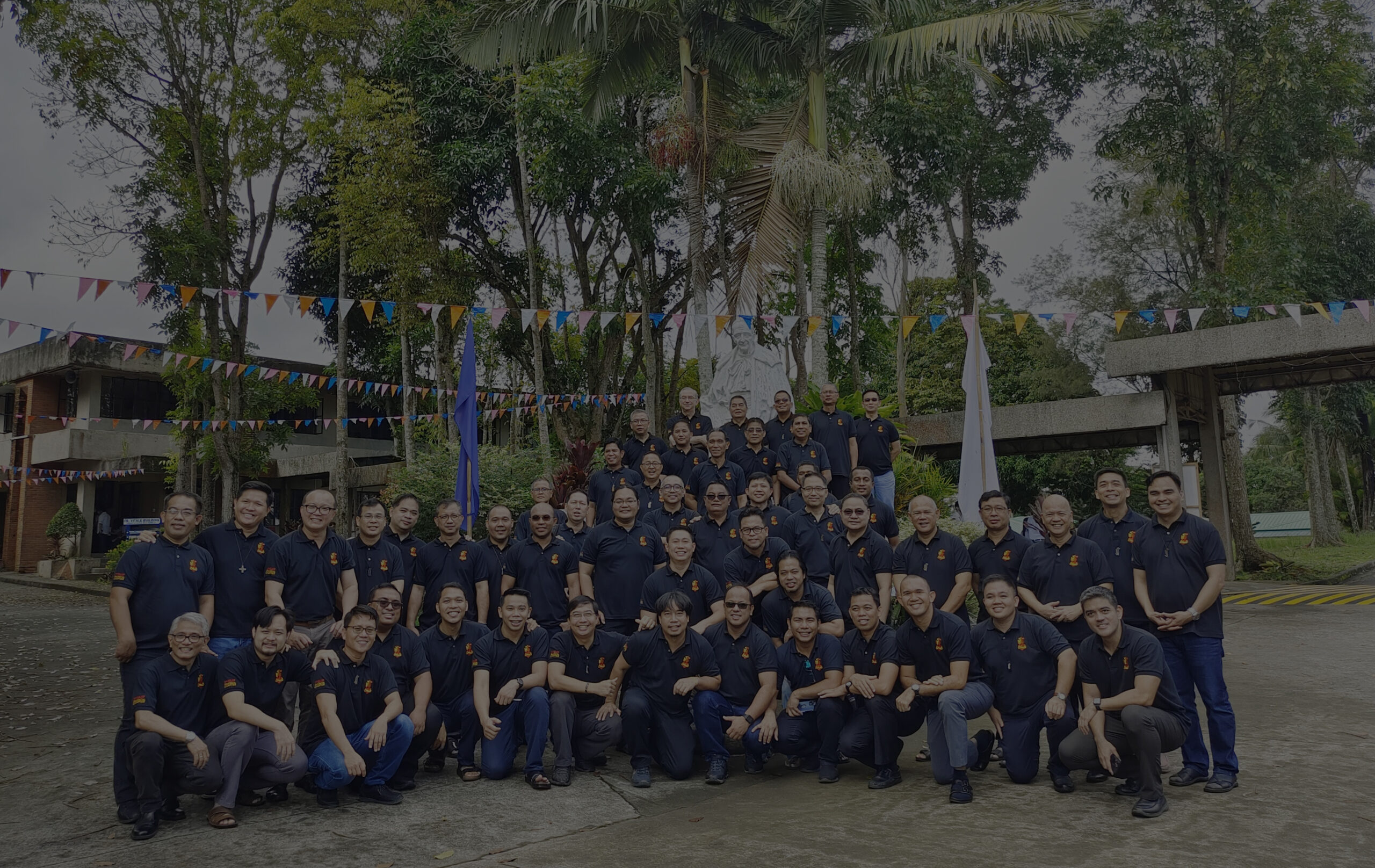
Brief History of SMP
Get to know the Congregation of the Rogationists of the Heart of Jesus and the St. Matthew Province.
A Brief Excursus of Past until the Present and a Glance at the Future of the Rogationists in the Philippines
by: Fr. Jose Maria Ezpeleta RCJ (written in 2014)
Here is a brief historical excursus of the various stages of development of the Rogationist Congregation in the Philippines in the past 38 years of establishment. A particular focus is given on the process of spread and inculturation of the charism of the Rogate in the Asian context.
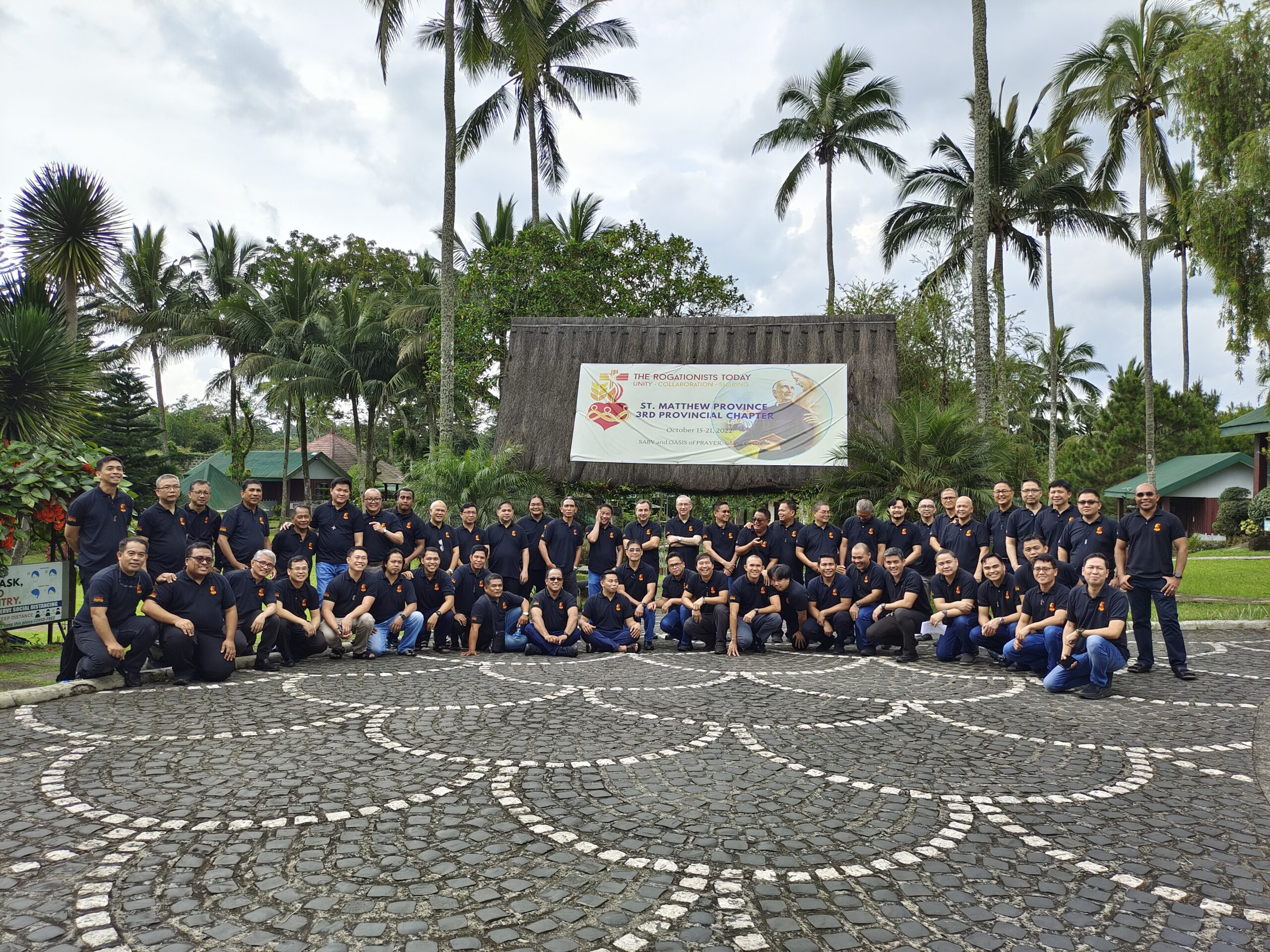
“Go to the Philippines. There you will be able to garner a lot of vocations, and with more priests, open Missions in Asia and Africa in later years”. -Cardinal Rossi, Prefect of the Propaganda Fidei, advised the Rogationists in 1975
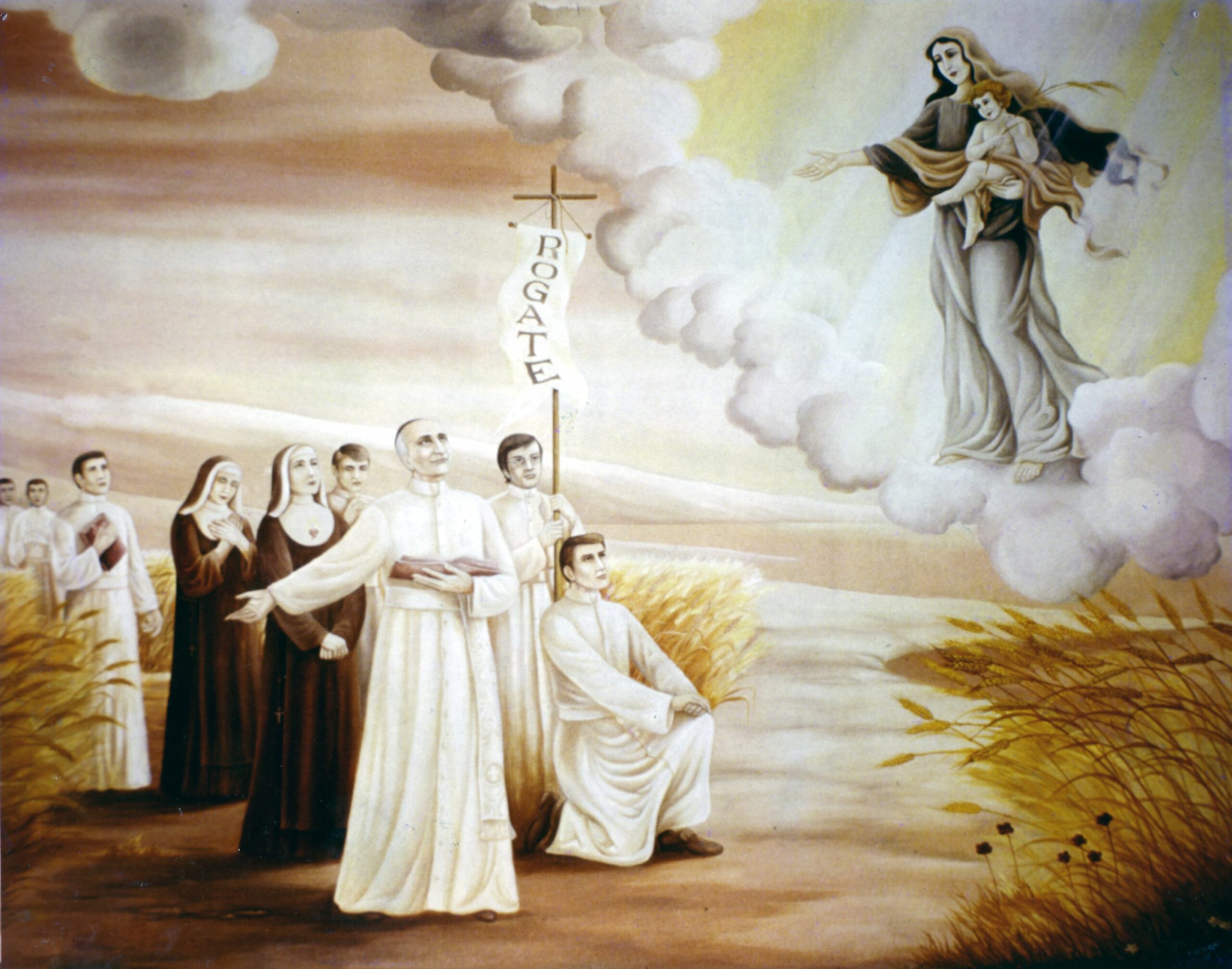
Motivation and Prophetic Words
In 1976, the celebration of the 50th anniversary of the death of St. Hannibal Mary Di Francia motivated the proposal of “opening a Mission so as to spread the Charism of the Father” and was translated into a decision by the General Council “to find a venue in far-off lands for the apostolate of the Congregation.” The initial options were Mozambique, Angola and El Salvador. However, the final choice fell on the Philippines. Cardinal Rossi of the Propaganda Fidei advised the Rogationists, “Go to the Philippines. There you will be able to garner a lot of vocations, and with more priests, open Missions in Asia and Africa in later years.” In retrospect, those words uttered about four decades ago were indeed prophetic. Today, the St. Matthew Province is the most prolific circumscription in the Congregation. It is extensive both in geographical sense as well as in number of members. It comprises the Philippines, South Korea, Vietnam, Indonesia and Papua New Guinea. Until two years ago, India (now a separate Quasi Province) too was part of it. As of the end of 2013 (cf. Annuario 2014), one out of four Rogationist priests is a Filipino, and one out of three Rogationist confrere is of Asian origin. Their presence goes beyond the jurisdiction of the circumscription in Asia but extends to Cameroon (Africa); the USA and Mexico (the Americas); Italy, Albania, Poland and Spain (Europe). Reflecting the situation of the Catholic Church at the global scene, the constant growth of the Rogationists in Asia clearly impacts the entire Congregation.
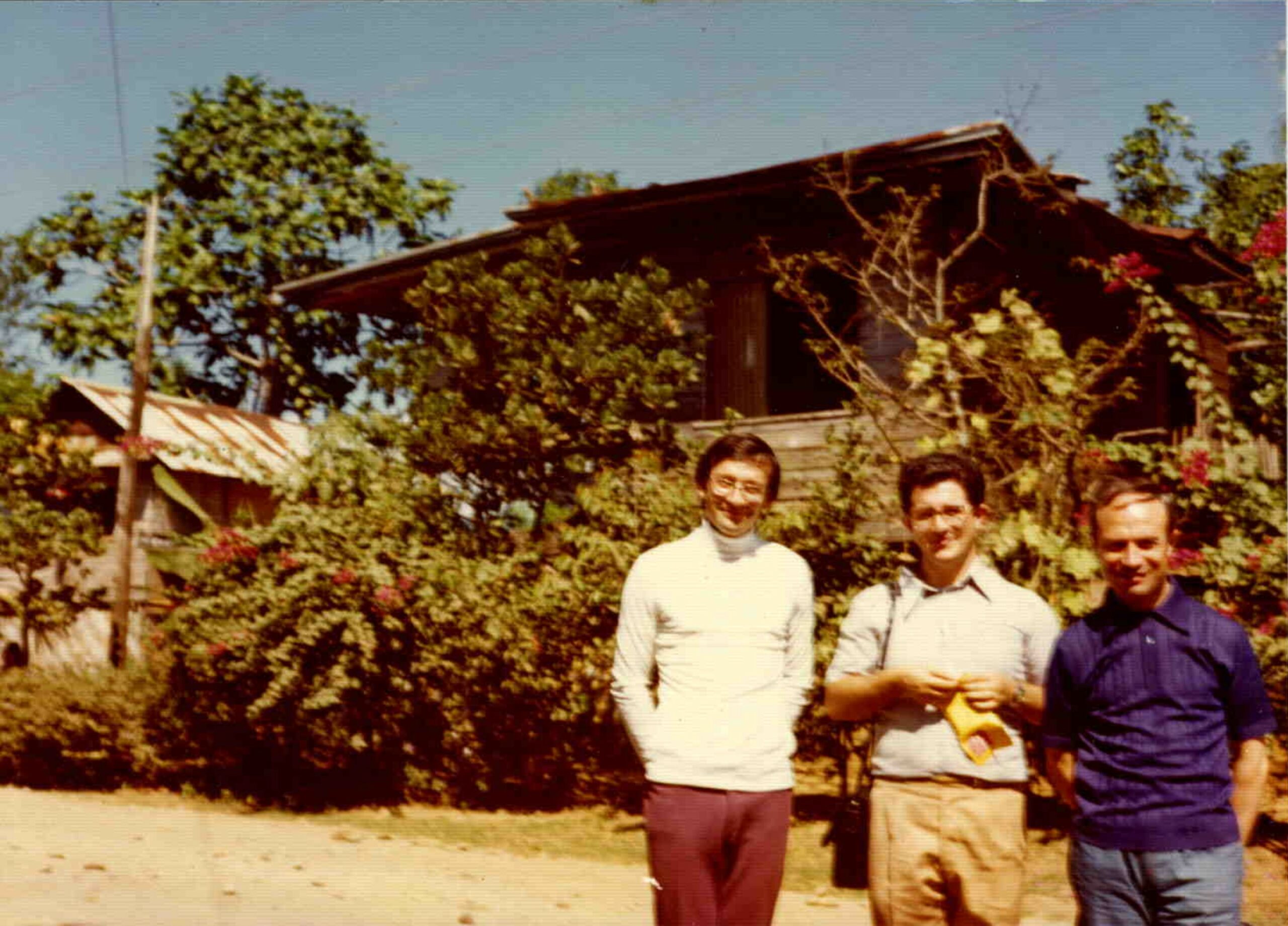
First Decade (1976-1985): Parish and Focus on Formation
Heeding the advice of Cardinal Rossi, the Rogationists headed for the Philippines in order to inaugurate its presence in the Asian continent, which until now is often referred to as “The Far East”. On November 23, 1976, Fr. Antonio Barbangelo RCJ arrived in the Manila and a month later, Fr. Diego Buscio RCJ and Fr. Vito Di Marzio RCJ joined him to complete the missionary team. The primary objective of the mission was the remote and poor rural parish in Parang, Bataan which would become the residence of Fr. Diego and Fr. Vito in August 1977. At the same time, Fr. Antonio poured his energy on the animation among the Filipino youth, noting that vocations were abundant. In October 1977, the first group of Filipino aspirants came to reside at 1 Calcutta Street in Paranaque City.
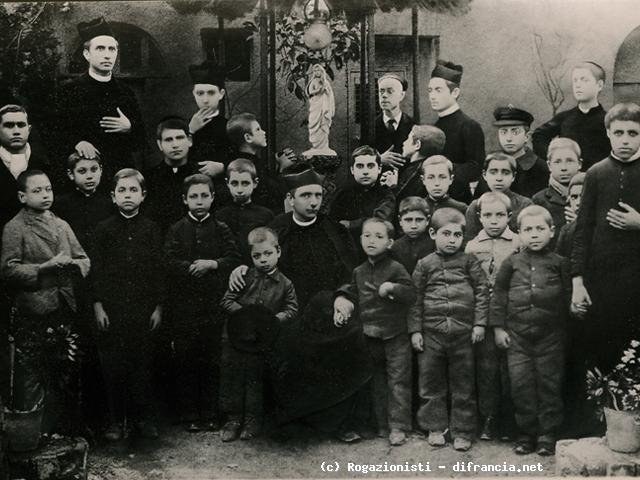
The untimely and tragic death of Fr. Diego on March 10, 1978 terminated the missionary project in Bataan. Instead, the Rogationists consolidated their presence in Paranaque where Cardinal Jaime Sin of Manila entrusted to them a parish and where the formation house was located. In the meantime, more Italian Rogationist missionaries arrived in the Philippines working mainly at two fronts: the Parish in Multinational Village (entrusted on November 30, 1979) and the formation of Filipino candidates. This situation would remain until the mid 80’s.

In the area of vocation formation, the first batch of three Filipino novices began on June 3, 1979, just over two years after the arrival of the Rogationist in the country. The following year the construction of the Fr. Hannibal Formation Centre on Carmelite Street in Paranaque began and was inaugurated on December 7, 1981. In the following couple of years the formation program would diversify into various stages and young Filipino Rogationist confreres would increase in number. The itinerary of formation, however, was considerably long and demanded formators. The local members were still in their formation stages. Thus, many more Italian missionaries arrived to work in the formation field. In the mid 80’s the number of Italian confreres in the Philippines reached its highest peak with a total of nine missionaries at one time. The formation of candidates would continue to occupy a special place Rogationist reality in the Philippines. A decade after the inauguration of the Seminary in Paranaque, a second St. Hannibal Formation Center in Cebu was opened (1990). Another decade later, a separate the Fr. Di Francia Center of Studies for Rogationist religious students was established in Paranaque (2000).
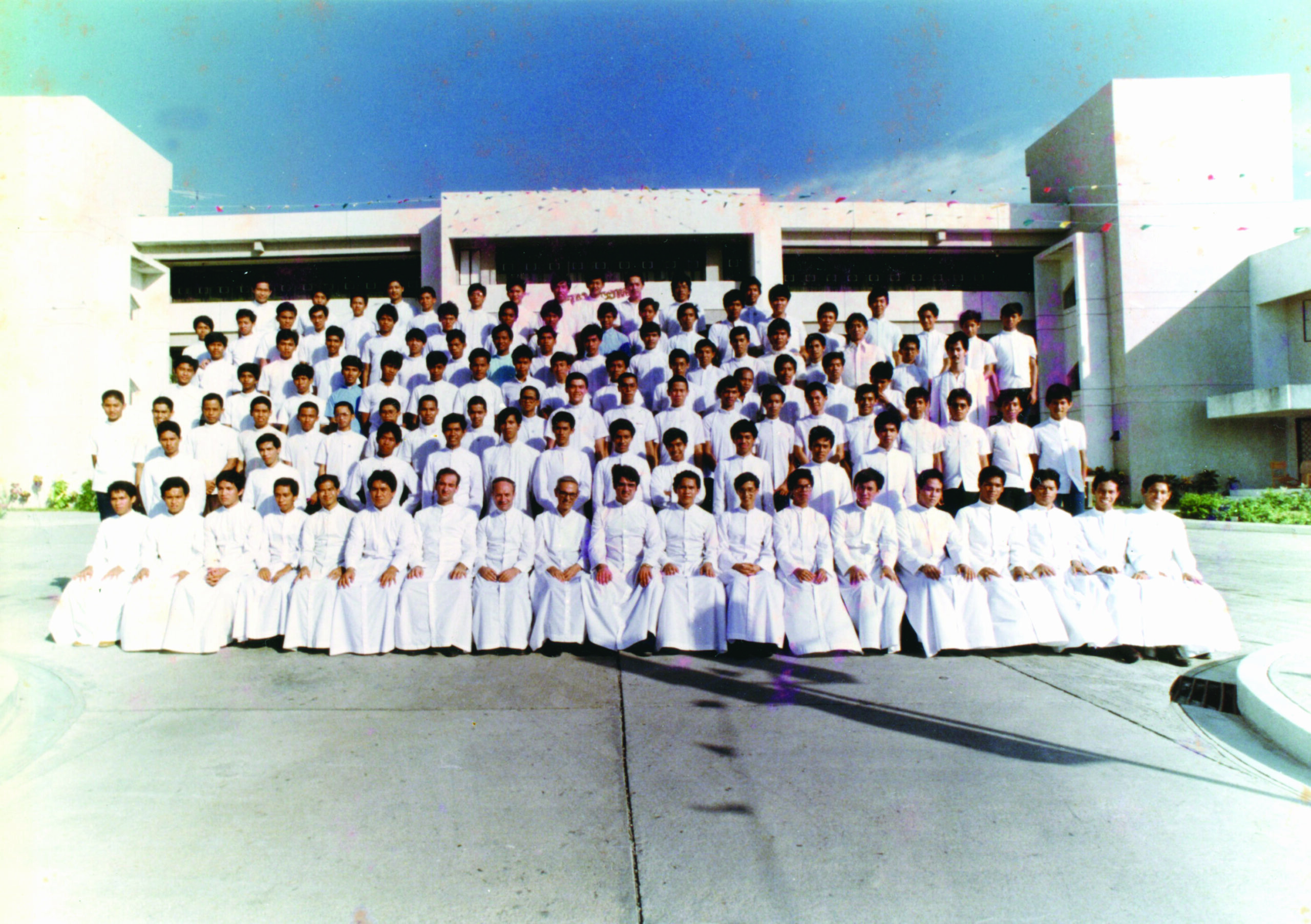
Second Decade (1986-1995): Focus Moves from Formation to Apostolate. Socio-Educational Institutions and First Experiences of Mission outside the Philippines
The assistance to the poor and the human promotion, without doubt, were present in the parish and seminary programs. Examples of these were: the catechism classes in the depressed areas of the parish, the scholarship programs and the Sunday oratory for poor children known as Fr. Hannibal’s Children. However, the Rogationists’ specific apostolate of for education and human promotion of the youth would find its distinctive expression in the Philippines through Saint Anthony’s Boys Village in Silang, Cavite. In June 1987, the first batch of orphans and youth-at-risk were received in the Village. In the same campus, the Rogationist Academy (which would develop into the Rogationist College) was inaugurated.
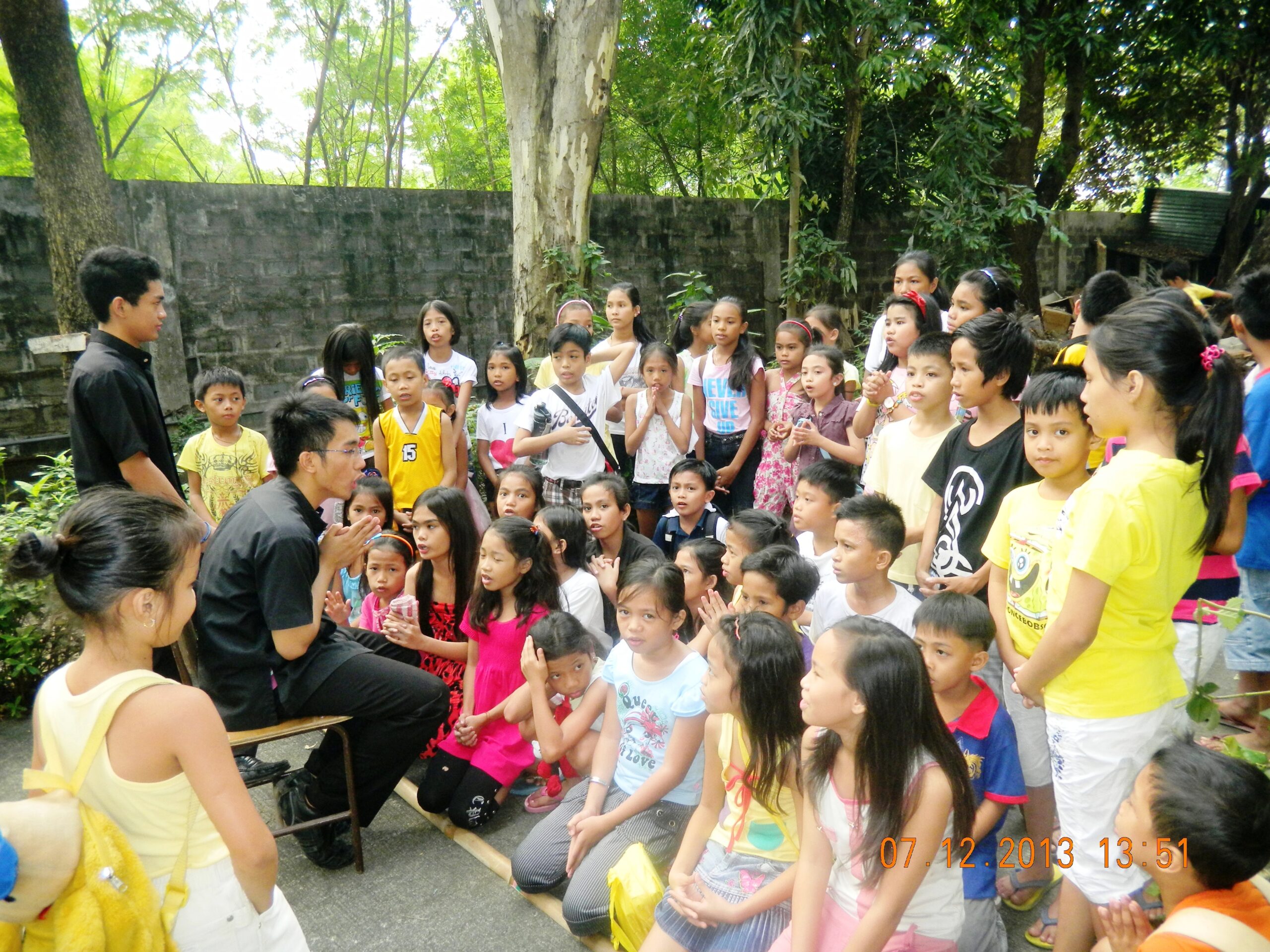
The essential socio-educational dimension of the Congregation was a necessary complement to vocation formation. The formation of Rogationist candidates does not happen in a void but within concrete contexts. Furthermore, Rogationists are formed for the mission of education and the commitment to human promotion. For this reason, the Rogationist socio-educative institution provided both the concrete field for practical training of young religious as well as the new area of apostolic commitment for the first batches of Filipino Rogationists who, starting in the mid 80’s, would be ordained priests. Later, similar socio-educative institutions rose: Saint Anthony’s Boys Village and the Rogationist Academy in Davao (1990), the St. Hannibal Multi-Level School in the Parish in Multinational and the Rogationist College – Paranaque (2008). These institutes remain until now distinctive marks of the Rogationists’ commitment to the youth of the Philippines.
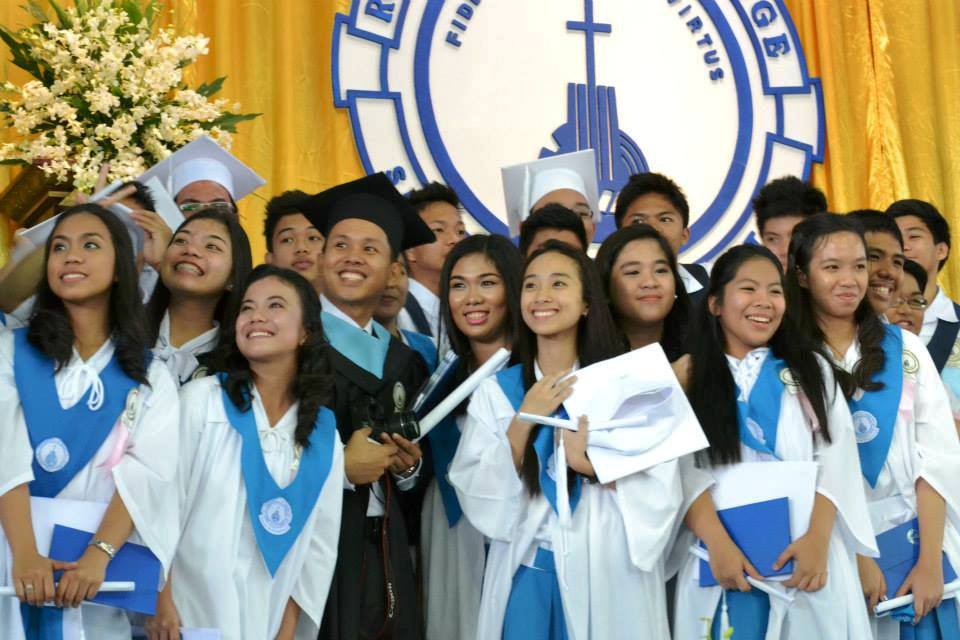
The availability by some of its members to go to foreign missions also characterized the second decade of the Rogationist presence in the Philippines. In 1987, the Rogationists started its presence in India. At the initial stages some Filipino Rogationist students studying in Rome assisted the Italian formators in India. Later, Religious in Practical Training came directly from the Philippines. Consequently, India would become part of the “Philippine-Indian Delegation”. Some of the first Filipino Rogationists were assigned to India as formators and the first Indian confreres spent a good part of their formation in the Philippines. This state of affairs lasted until the mid 90’s. In this period, too, some other Filipino confreres worked as missionaries in Rwanda and Albania right after their ordination to the priesthood.

The experience of the international community in the Center Studies in Rome, Italy of those taking the specialization, the presence of Indians in the Center of Studies in Paranaque, Philippines, the experience of Practical Training outside the Philippines, the assignment of Filipino confreres to Rogationist communities in other countries were some of the factors that contributed to favorable openness of the Philippines to foreign missions which would remain a hallmark of the Rogationist reality in the Philippines. Today, some 20 Filipino Rogationist priests are assigned in communities outside the Philippines.

Third Decade (1996-2006): Attempts towards Filipino Inculturation and Contextualization of the Charism and Mission
By the start third decade of the Rogationist presence in the Philippines (1997), there were already 24 Filipino Rogationist priests, majority of whom completed licentiate specializations in Rome. The number of autochthonous members would continue to rise in as much as local vocations continued to come. Inversely, the presence of Italian missionaries would constantly diminish. Consequently, tasks and responsibilities in the field of formation, parishes and socio-educational apostolate would be taken over by Filipino counterparts. This transition would translate to an inculturated and contextualized reading and living of the charism of the Rogate in local circumstances. For example, the Philosophical formation of aspirants and postulants were offered in-house both in Paranaque and Cebu. This allowed custom-made programs that respond to the demands of the charism and of the times, particularly the integration of study and apostolate. As for the young Religious confreres, the “bukluran” approach greatly shaped a formation oriented to be in solidarity with the poor. The emphasis on the immersion in the urban slum reality in Pasay City was a contextualized interpretation of Saint Hannibal’s option to live with the poor in Avignone Quarters. This sensitivity would later develop to a commitment to the defense, promotion and empowerment of the urban poor. Furthermore, this would pave way to start of a new type of community, the so-called “inserted community” of the St. Hannibal Empowerment Center (SHEC), where Rogationists confreres reside with the poor. Such attempts to inculturate the charism and apostolate would turn out to be a valid contribution of the Rogationists in the Philippines to the whole Congregation.

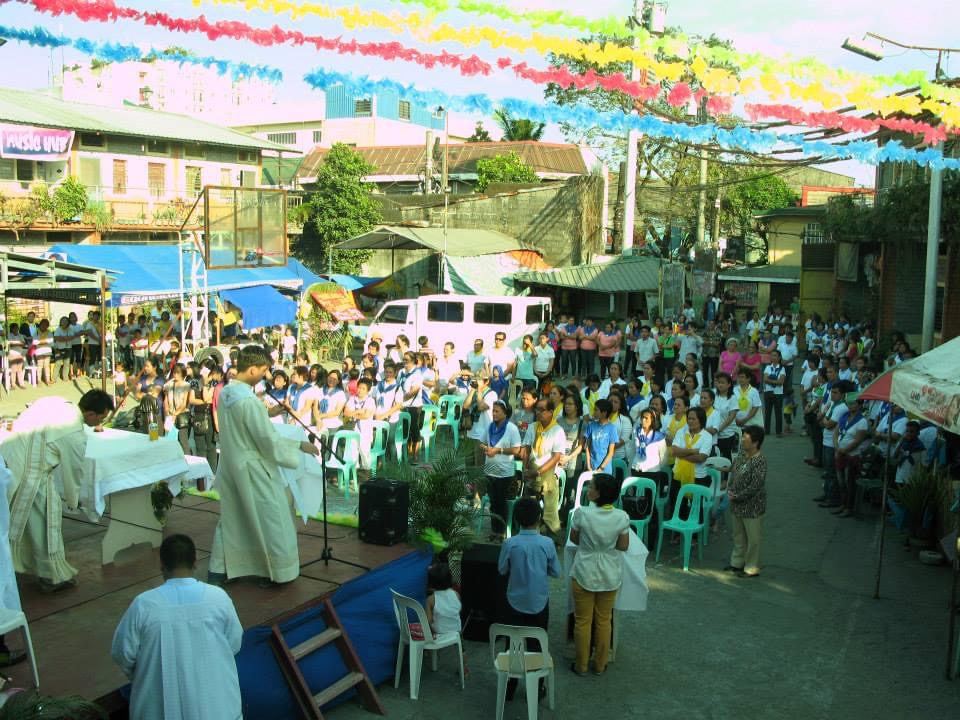
The celebration of the 25th Anniversary of the Rogationist presence in the Philippines (2001) highlighted the urge for the inculturation of the charism and mission. This event was the key to initiatives and endeavors that would reshape the Congregation not only in the Philippines but in the world. Returning back to the roots in Bataan and reflecting on the generous action of God in this part of the world, the Rogationists in the Philippines discerned the direction for the future. There were basically two: the option for the poor and the sharing of the charism to neighboring Asian countries.
By this time, the decentralization of the Congregation had already seeped in the system. While in the past, initiatives would normally come from the top, this time the commitments that the 25th Anniversary celebration inspired were initiated at the level of the Philippine circumscription. In other words, they were the response of the confreres in the Philippines to the challenges posed by the signs of the times in the Asian part of the world. The thrust towards the “mission” in favor of the poor and evangelization both within the Philippines and outside the Philippines took its inspiration from Saint Hannibal. An ulterior motive for the missions in Asia emanated from what Pope Paul VI, Pope John Paul II and the Second Plenary Council of the Philippines (PCP II) considered as the special role of the Philippines to narrate the story of the love of God to the Asian content.
In the following years, such vision took a concrete shape. In 2002, upon the invitation of Bishop Cabrera of the Diocese of Alaminos, the Rogationists accepted a poor rural parish in a far-flung barrio in Zarragoza, Bolinao, Pangasinan. In 2003, the Missionary Stations in Korea and Vietnam were established. In 2004, the Missionary Stations in Papua New Guinea and Indonesia followed. In the same year, the so-called “inserted community” of the SHEC was established in the slums of Pasay. In 2005, Bishop Socrates Villegas of the Diocese of Balanga entrusted to the Rogationists the poor rural parish of Parang, Bataan which was the very parish that was supposed to be entrusted to the Rogationists with Fr. Diego Buscio as its first parish priest. Such was a dream come true to most of the confreres in the Philippines. Saint Francis Xavier Parish of Parang is laden with so many memories and symbolisms. It is the birthplace of the Rogationists in the Philippines and the place of selfless dedication of the first Rogationists missionaries in this country. Taking over that parish meant setting foot on the tracks of the Rogationist pioneers in the Philippines and carrying the torch of the Rogate to the rest of the country and beyond.
By this time, the decentralization of the Congregation had already seeped in the system. While in the past, initiatives would normally come from the top, this time the commitments that the 25th Anniversary celebration inspired were initiated at the level of the Philippine circumscription. In other words, they were the response of the confreres in the Philippines to the challenges posed by the signs of the times in the Asian part of the world. The thrust towards the “mission” in favor of the poor and evangelization both within the Philippines and outside the Philippines took its inspiration from Saint Hannibal. An ulterior motive for the missions in Asia emanated from what Pope Paul VI, Pope John Paul II and the Second Plenary Council of the Philippines (PCP II) considered as the special role of the Philippines to narrate the story of the love of God to the Asian content.
In the following years, such vision took a concrete shape. In 2002, upon the invitation of Bishop Cabrera of the Diocese of Alaminos, the Rogationists accepted a poor rural parish in a far-flung barrio in Zarragoza, Bolinao, Pangasinan. In 2003, the Missionary Stations in Korea and Vietnam were established. In 2004, the Missionary Stations in Papua New Guinea and Indonesia followed. In the same year, the so-called “inserted community” of the SHEC was established in the slums of Pasay. In 2005, Bishop Socrates Villegas of the Diocese of Balanga entrusted to the Rogationists the poor rural parish of Parang, Bataan which was the very parish that was supposed to be entrusted to the Rogationists with Fr. Diego Buscio as its first parish priest. Such was a dream come true to most of the confreres in the Philippines. Saint Francis Xavier Parish of Parang is laden with so many memories and symbolisms. It is the birthplace of the Rogationists in the Philippines and the place of selfless dedication of the first Rogationists missionaries in this country. Taking over that parish meant setting foot on the tracks of the Rogationist pioneers in the Philippines and carrying the torch of the Rogate to the rest of the country and beyond.
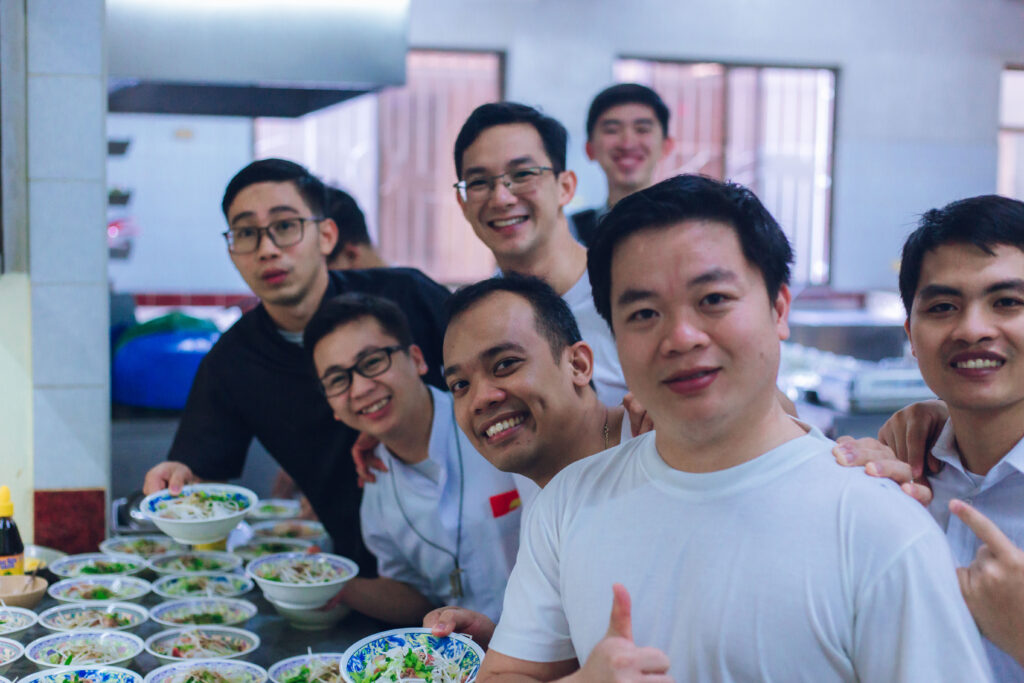
Fourth Decade (2006-present): Enhancement of the Asian Inculturation of the Rogate
The most evident impact of the opening of the Congregation in Asia is the change in the physiognomy of the Rogationist Congregation. Apart from Filipinos and Indians, we also have Korean, Indonesian, Iraqi and Vietnamese confreres. One out of three Rogationists priests is Asian. Two out of five Rogationist confreres are Asians. This trend will continue to grow given the number of vocations and the young age median of members of Asian origin.
However, a less obvious but a more important aspect of these openings is the inculturation of the Rogate in diverse Asian realities. Take the pastoral care for vocations for instance. In Indonesia this aspect is expressed in a radio station “Rogate FM” and inter-congregational institute Formation Institute of St. Hannibal (FISH) entrusted to the Rogationist by the Bishop. While in Vietnam, though in a simple way, the care for vocations is expressed in animating parish vocation clubs. In the Philippines this takes the shape of the close collaboration with the National Vocation Centers, the publication of the Rogate Ergo Asia, the vocation websites, and the Oasis of Prayer. The St. Hannibal Discernment Center in Mina, Iloilo explores the unceasing prayer for vocations and the contemplation of the Heart of the Jesus as dimensions of the charism that are as important as the work evangelization and human promotion. In a world of frenetic activism and in the context of the contemplative traditions in Asia, this attempt to highlight contemplation in the life of the Rogationists will prove to be a valuable contribution to the entire Congregation.
However, a less obvious but a more important aspect of these openings is the inculturation of the Rogate in diverse Asian realities. Take the pastoral care for vocations for instance. In Indonesia this aspect is expressed in a radio station “Rogate FM” and inter-congregational institute Formation Institute of St. Hannibal (FISH) entrusted to the Rogationist by the Bishop. While in Vietnam, though in a simple way, the care for vocations is expressed in animating parish vocation clubs. In the Philippines this takes the shape of the close collaboration with the National Vocation Centers, the publication of the Rogate Ergo Asia, the vocation websites, and the Oasis of Prayer. The St. Hannibal Discernment Center in Mina, Iloilo explores the unceasing prayer for vocations and the contemplation of the Heart of the Jesus as dimensions of the charism that are as important as the work evangelization and human promotion. In a world of frenetic activism and in the context of the contemplative traditions in Asia, this attempt to highlight contemplation in the life of the Rogationists will prove to be a valuable contribution to the entire Congregation.

In the same token, the socio-educative apostolate of the Congregation takes different shades. In India, the Rogationists engage in computer schools, distant adoption and the care of street children. In the Philippines this is expressed in schools, technical training centers and boys villages; in housing projects and livelihood generation. In Papua New Guinea the apostolate includes a primary health care center. In Vietnam this is translated into the care of children with AIDS. In South Korea it can take the shape of the care of the elderly, the migrant workers or multicultural families. In Indonesia, it is in the form of care of ethnic minority groups. There are infinite possibilities for the charism to be inculturated in various local contexts.

The incoming decades of the St. Matthew Province will continue to experience a spring-time of vocations, not just from the Philippines but from the newly opened Asian frontiers. The more autochthonous members are added, the wider the possibility for the inculturation of the charism. Furthermore, the youthfulness and abundance of vocations from Asia will continue to shape the composition of the Congregation in the world, not only within one’s circumscription but even in other circumscriptions. The availability for mission in other countries characterized the Province early on in its development, will certainly continue to increase in the coming years.
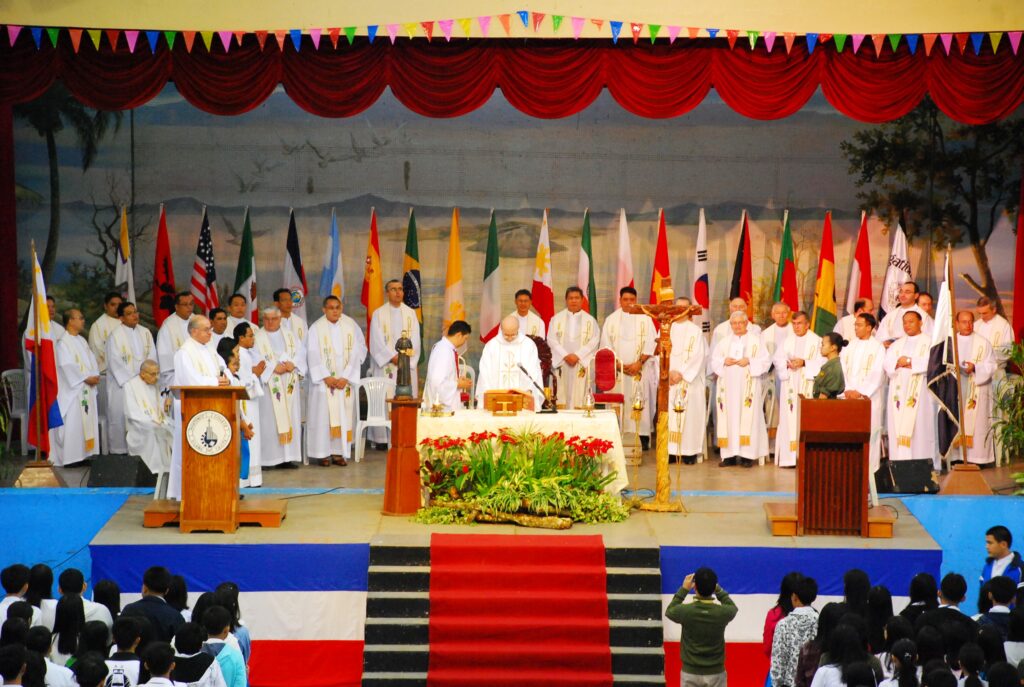
Be One of Us!
ROGATIONISTS OF THE HEART OF JESUS
We would like to hear from you...
We would like to hear from you...
ROGATIONISTS OF THE HEART OF JESUS
St. Matthew PROVINCE
(Philippines, Australia, Indonesia, Papua New Guinea, South Korea, Vietnam)
‘Send O Lord, Holy Apostles into Your Church!

